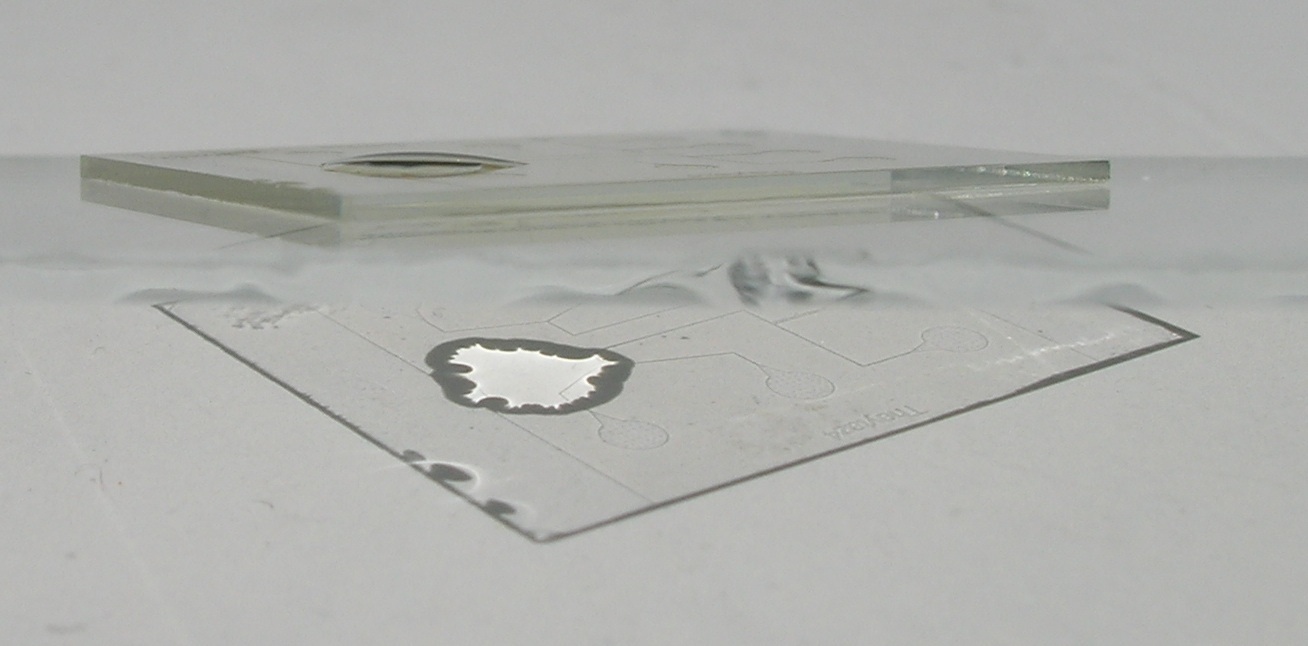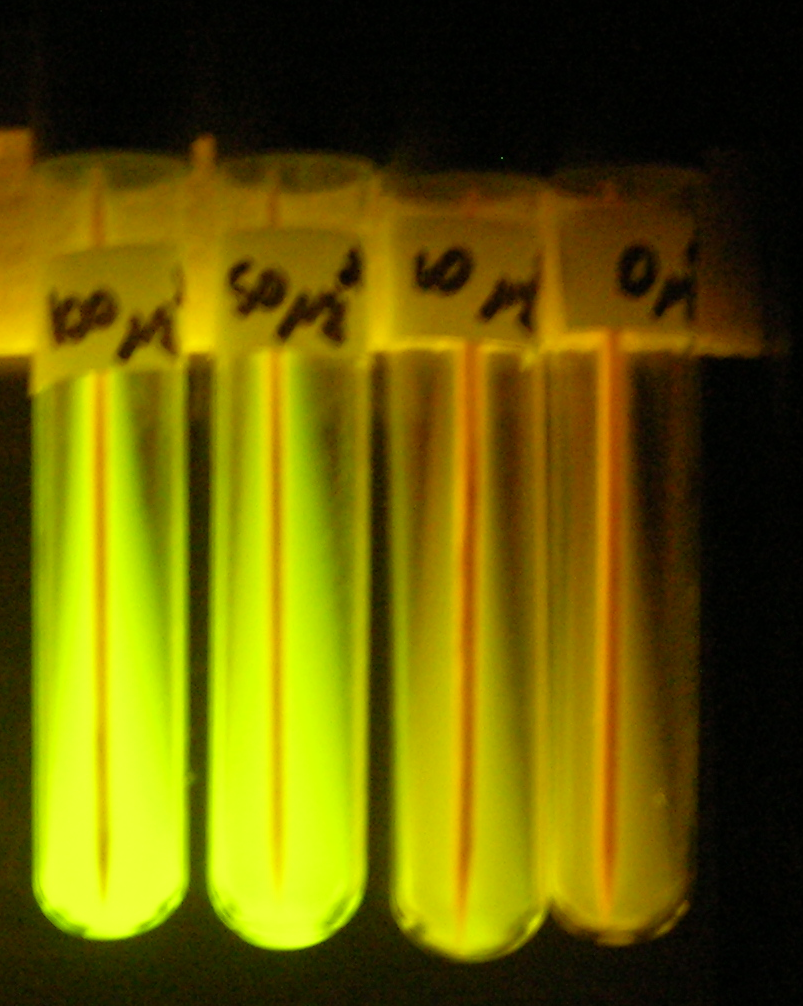BACSIN stands for Bacterial Abiotic Cellular Stress and Survival Improvement Network, a large collaborative project to improve the rational use of bacterial catalytic activities, in particular for targeted pollution treatment, removal and prevention. This Project capitalizes previous efforts of European Framework Programs to exploit the catalytic activities of specific individual micro-organisms and in situ microbial communities for environmental pollutant remediation by combining the accumulated wealth of knowledge on risk assessment and in situ treatment technologies with fresh approaches to understand and improve environmental survival derived from frontline systems biology, single cell microbiology, community genomics and ecological modelling.
In addition, the network incorporates various SME activities with the purpose to provide biological, sustainable solutions to the environmental problem of pollution and to waste treatment.
The urge of the project is to be able to rationally utilize bacteria or bacterial consortia with useful catalytic properties in environmental settings. Rational use could mean inoculation of single strains in particular formulations, development of specific consortia, utilization of bacteria in combination with plants, or rational stimulation of specific pre-existing in situ bacterial activities. The complexity and the need for the BACSIN project lies in the fact that the boundary conditions for successful application or stimulation of bacteria in the environment are not yet sufficiently understood. The eighties and nineties have seen a large number of trial-and-error approaches to release specific bacterial strains into the environment or to stimulate specific groups of bacteria for pollutant removal. However, those approaches were mostly unsuccessful, mainly because of the multivariate nature of the systems involved, and secondly, because of an incomplete understanding of the bacterial catalytic and survival capacities under conditions of stress[1] and the environmental factors governing those responses. Fortunately, the last few years have witnessed the emergence of new technological developments and conceptual frameworks (e.g., the 'omics' technologies, Systems Biology and Synthetic Biology), which provide fresh approaches to explore complex biological settings. At the same time, the analytical methods to study microbial behaviour in populations and communities have advanced rapidly and allow cultivation-independent identification of in situ key players in environmental remediation, which - admittedly - were often different from those recovered by laboratory enrichment.
The combination of advances in in situ detection technologies, of the availability of hundreds of complete microbial genome sequences, of new '-omics' approaches, with new single-cell experimental methods and computational simulation models, now permits that we resume the still unfulfilled undertaking of rationally exploiting the catalytic properties held by the various natural bacterial isolates and communities for remediating and mitigating environmental pollution. We are thus now in an optimal position to derive more general principles and concepts of microbial management in complex systems ('ecological engineering'), which finally will transcend the temporary focus of pollution control.
[1] Stress being a change in the environment, in genome or proteome that if not corrected diminishes growth or survival. Environmental 'stress' is common in nature (e.g., by temperature, pH, osmotic and redox fluctuations, or nutrient starvation). Polluted sites have an additional stress effect from the presence of the toxic substances.





